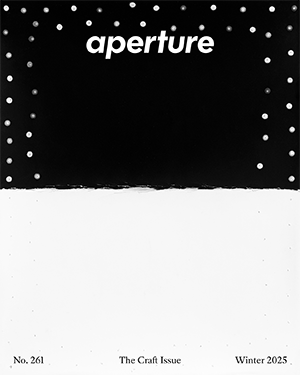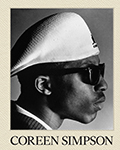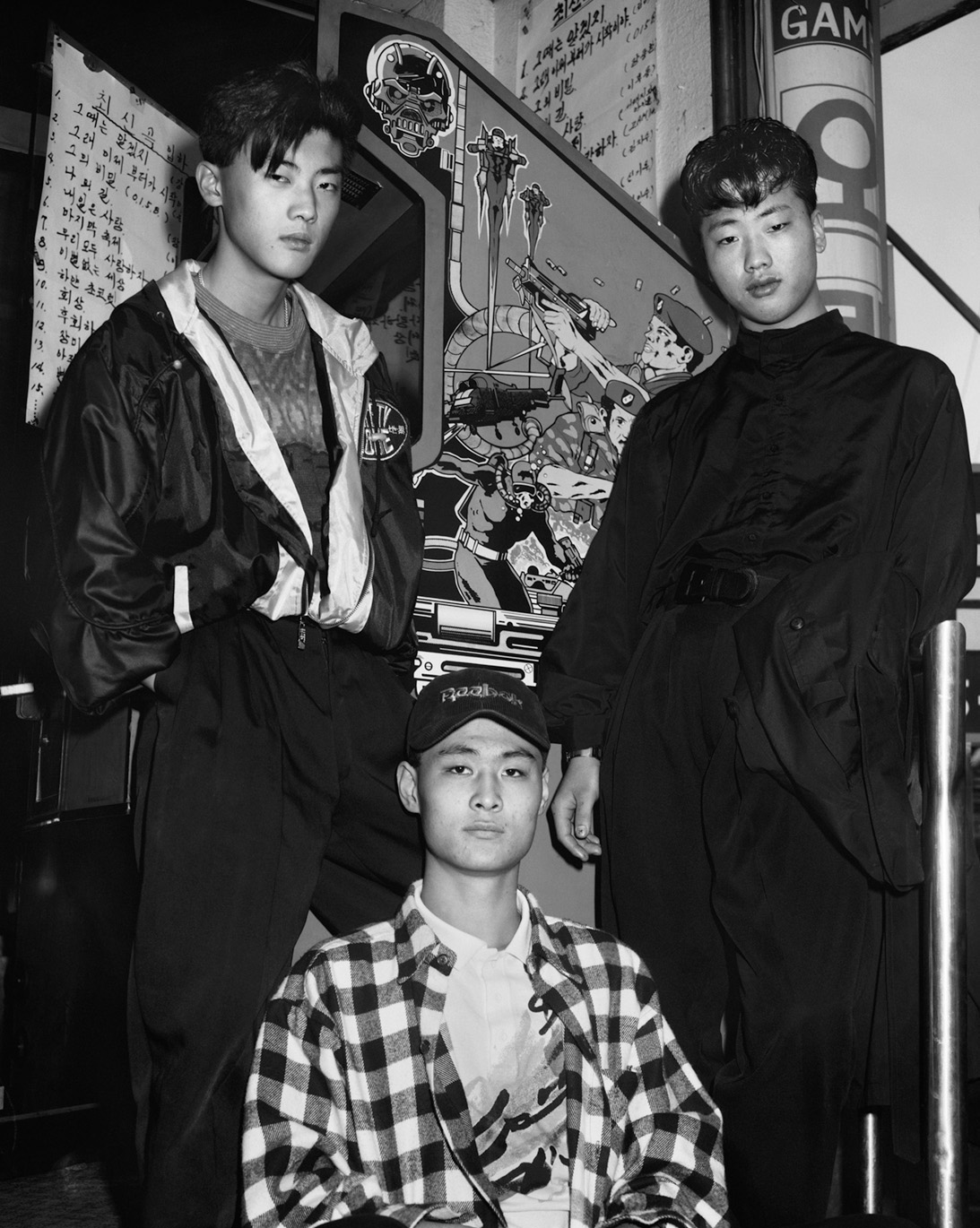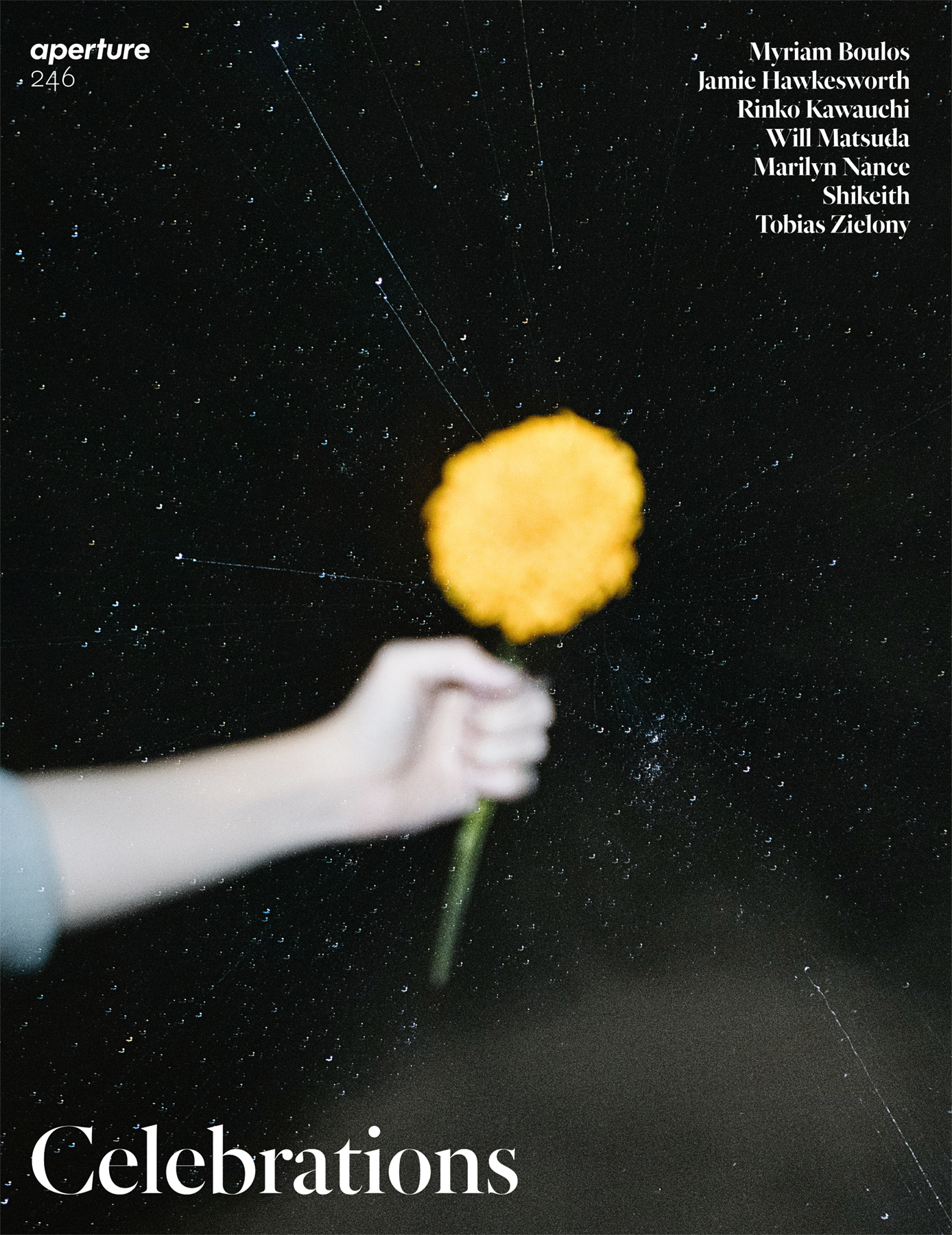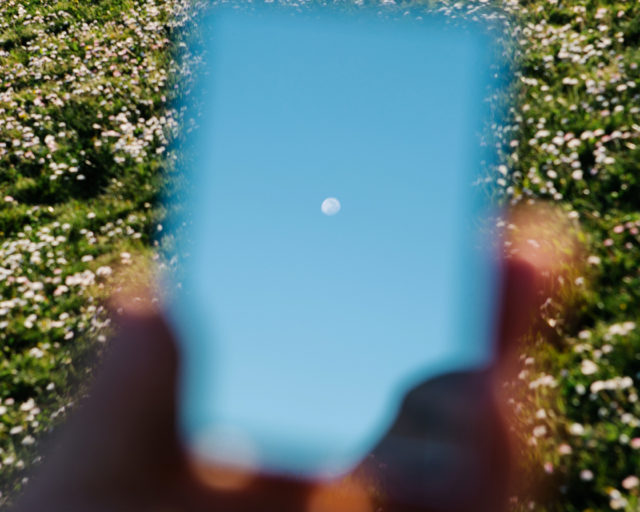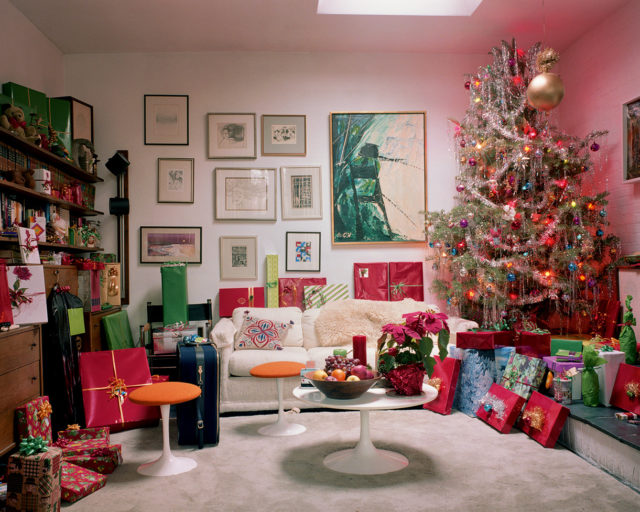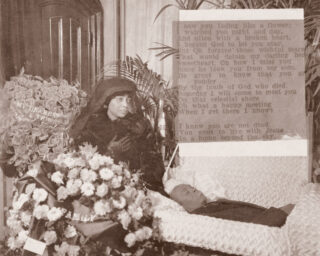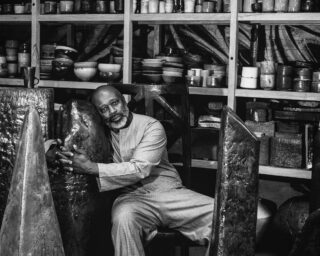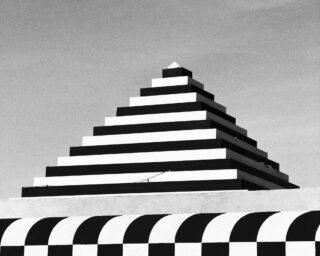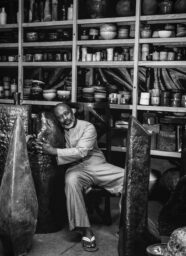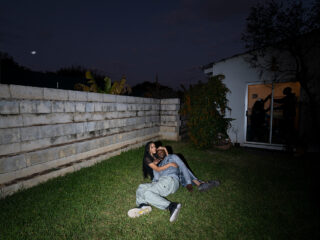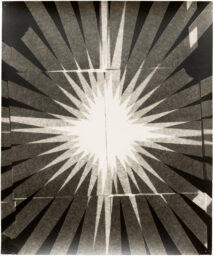Heinkuhn Oh, Kowon, Bowon, and Changgyu, Waiters, in Front of Bogwang Karaoke, May 1993
Behind the gleaming Namsan Tower that stands imposingly at the center of Seoul rests Itaewon, a compact quarter in which locals, artists, U.S. soldiers, drag performers, Muslims, gay men, transgender people, sex workers, and expats from around the world have long coexisted. The district’s history is thorny: when the U.S. army established a base in the area in the years following the Korean War, it garnered a reputation as an untamed, foreign terrain where GIs and Americana ruled. Soon after, the neighborhood became a territory for outsiders of all kinds, offering refuge for those who did not belong anywhere else in the city. Seoul’s inadvertent dip into multiculturalism thus began under the mythical, Cold War–inspired pretext of U.S. armed forces safeguarding democracy in South Korea—a nation that remains largely ethnically and culturally homogeneous to this day.
That gritty, crude version of Itaewon is extinct now for the most part, as relentless gentrification replaced small businesses with shiny but sterile coffee shops and restaurants. A glimpse into its past is nonetheless possible in the images of Heinkuhn Oh, who ventured out into the streets of Itaewon in 1993, shortly after studying photography in the U.S. at the Brooks Institute and Ohio University. As with his preceding series Americans Them (1990–91), which captures the raw, unglamorous lives of lay protagonists across Louisiana, Ohio, and Kentucky, Itaewon Story is tinted with a documentary outlook, curiously tapping into the disparate lives of individuals unfamiliar to the photographer. But if the earlier project portrayed rural America from the perspective of an outlander from the Far East, Itaewon Story locates the feeling of estrangement within the bounds of Oh’s hometown. Its impetus perhaps originates with the mavericks who meandered the cramped streets between brothels and the nearby Seoul Central Mosque as well as Oh’s own experience encountering his offbeat childhood neighborhood as a returnee from the United States.

Yet there is little distance between Oh and his protagonists in Itaewon Story. Theatrical as they might be, the characters of the series are photographed, in black and white, at moments of candor with minimal pretension, producing an unapologetic take on the traits of the locale. One image, Jiyoung in the Itaewon Barbecue Ramen House, features a young trans woman immaculately made-up, wearing a dark dress and a light-colored off-the-shoulder crop top, chuckling in the corner of a run-down restaurant whose walls are filled with graffiti. In another, Twist Kim, a forgotten movie star who made a living performing late-night shows in local bars and clubs, stands cheekily on the street with enough flair to land him on the cover of a fashion magazine. Astutely but affectionately, Oh’s camera seizes these releases of fleeting freedom, only made possible in the corners of seedy Itaewon.
Oh’s series thus resonates with other artistic endeavors to represent the marginalized and the vulnerable, including contemporaneous projects from the United States, such as Hustlers (1990–92) by Philip-Lorca diCorcia, that were shaped in the wake of the culture wars in the late 1980s and the early 1990s. Nonetheless, unlike counterparts across the Pacific, with Itaewon Story, Oh resists the temptation to politicize the identities of the individuals depicted—almost naively so, perhaps because there was no public sphere to accommodate discourses on identity at the time in South Korea. The series instead serves as a tender reminder of these Itaewon denizens’ existence, capturing a certain childlike sensibility of the young artist. Oh’s images demand that we remain curious about those strangers, foreigners, and outsiders around us, that we let them freely roam, showing us who they are.


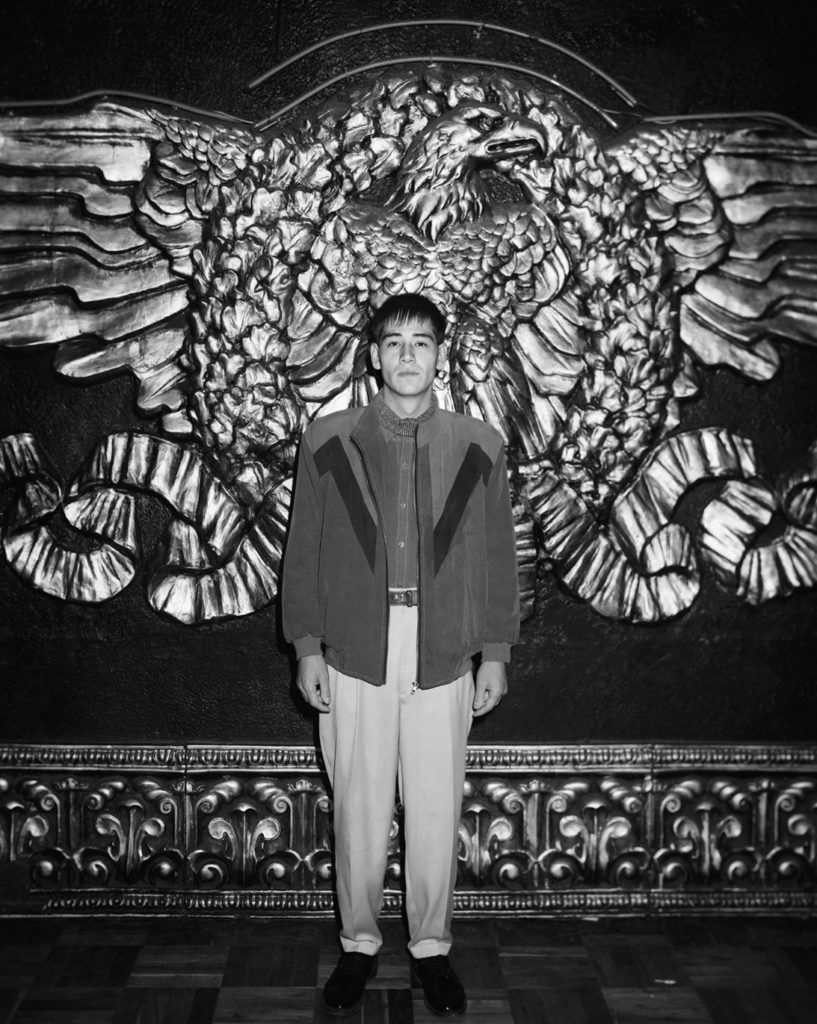
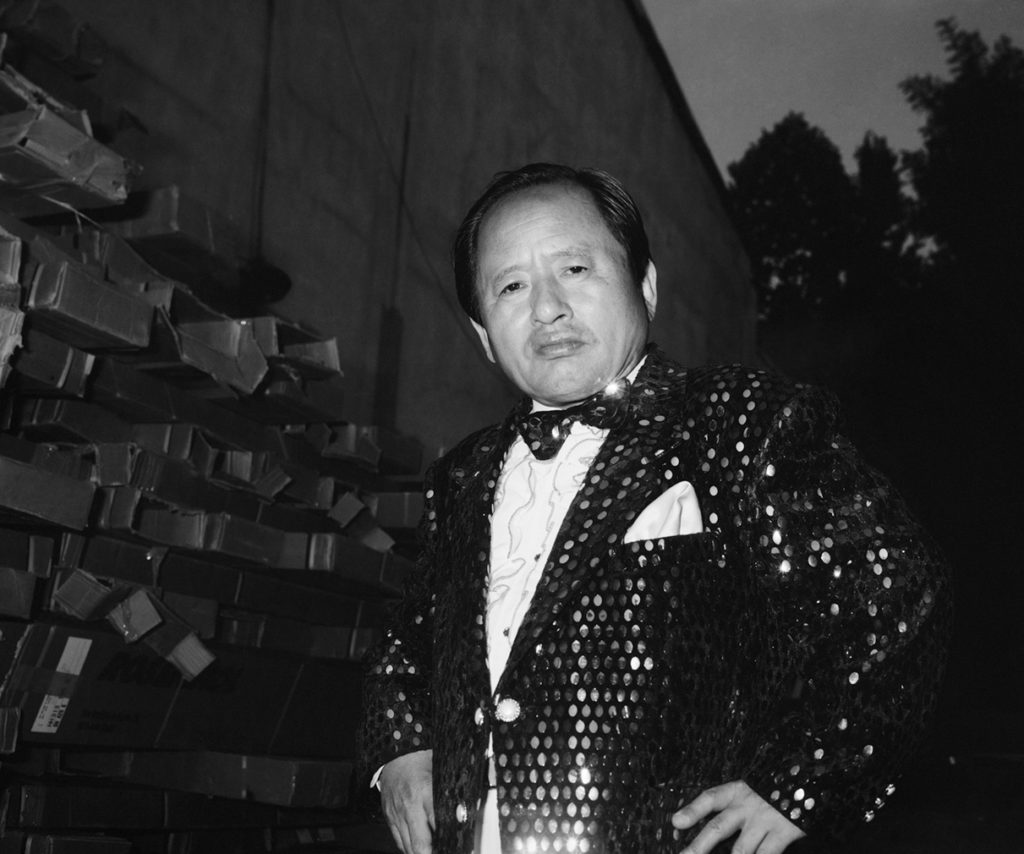

All photographs from the series Itaewon Story and courtesy the artist
This article originally appeared in Aperture, issue 246, “Celebrations,” under the title “Itaewon Story.”
